Results
-
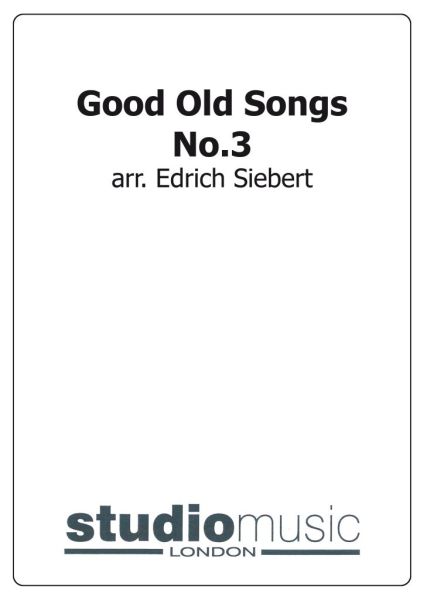 £39.95
£39.95Good Old Songs No.3
Includes: At Trinity Church I Met My Doom; Daisy Bell; Little Dolly Day-Dream; After the Ball; I Do Like To Be Beside the Seaside.
Estimated dispatch 7-14 working days
-
£65.00
Journey Into Freedom - Eric Ball
Eric Ball's timeless classic that has been a set work for various contests over the years.
Estimated dispatch 7-14 working days
-
£32.95
Phil the Fluter's Ball - French
Estimated dispatch 5-14 working days
-
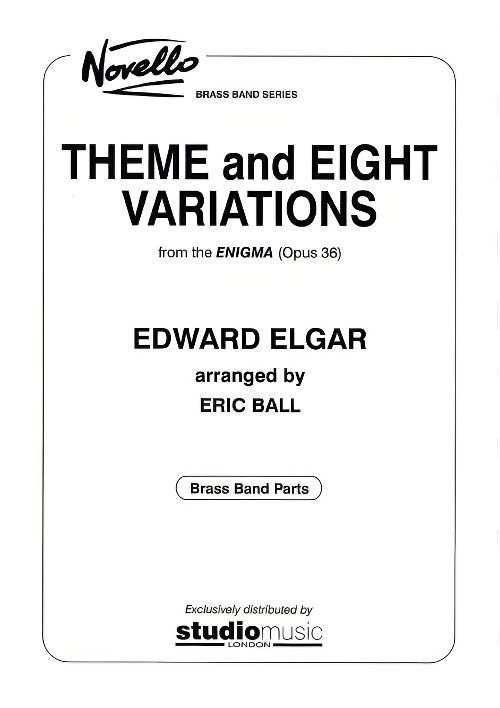 £94.95
£94.95Theme and Eight Variations (Brass Band - Score and Parts) - Elgar, Edward - Ball, Eric
Contesting Edition from The Enigma Variations. Duration: 17.00
Estimated dispatch 7-14 working days
-
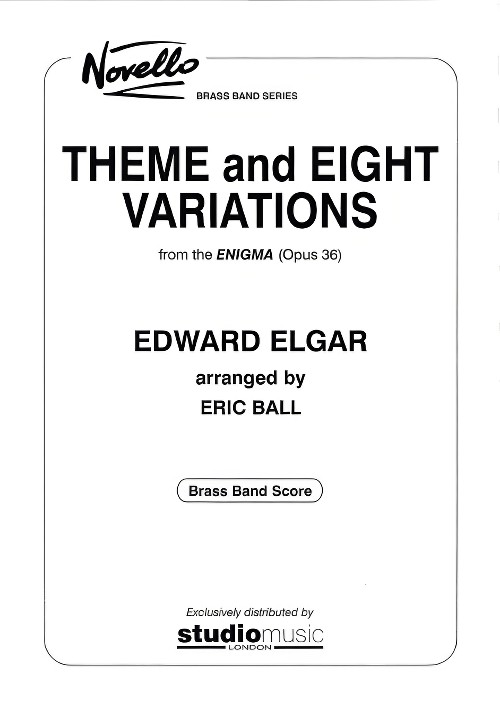 £44.95
£44.95Theme and Eight Variations (Brass Band - Score only) - Elgar, Edward - Ball, Eric
Contesting Edition from The Enigma Variations. Duration: 17.00
Estimated dispatch 7-14 working days
-
 £37.95
£37.95 -
 £94.95
£94.95WHITSUN WAKES (Brass Band - Score and Parts) - Ball, Michael
Recorded on Polyphonic QPRL214D Hymn of the Highlands. Championship Section
Estimated dispatch 7-14 working days
-
 £44.95
£44.95WHITSUN WAKES (Brass Band - Score only) - Ball, Michael
Recorded on Polyphonic QPRL214D Hymn of the Highlands. Championship Section
Estimated dispatch 7-14 working days
-
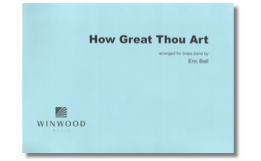 £39.95
£39.95How Great Thou Art (Score and Parts) - Eric Ball
Characteristic hymn-setting by the doyen of brass band writers.
Estimated dispatch 7-9 working days
-
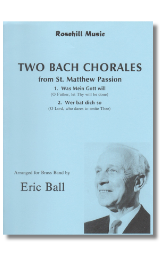 £39.95
£39.95Two Bach Chorales (Score and Parts) - J.S. Bach arr. Eric Ball
Two chorales from St Matthew Passion arranged by the celebrated arranger of his day: Was Mein Gott will and Wer bat dich so. Duration: 6:00
Estimated dispatch 7-9 working days
